Pandas DataFrames, such as pandoc, have a plot method with a kind parameter.
So it is possible to make a plot using
pandoc.plot(x='date_time', y='total_goals', kind="bar", ax=tg)
Notice that ax=tg is used to tell pandoc to draw on the matplotlib Axes, tg.
In contrast, matplotlib Axes, such as tg, have a plot method, but tg.plot does not have a kind parameter. Instead, to make a bar plot with an Axes object, call its tg.bar method.
Using the pandoc.plot method, you could make a bar plot using something like
import numpy as np
import matplotlib.pyplot as plt
import pandas as pd
np.random.seed(2016)
N = 150
pandoc = pd.DataFrame({'date_time':pd.date_range('2000-1-1', periods=N, freq='M'),
'total_goals':np.random.randint(10, size=N)})
fig, tg = plt.subplots(1)
pandoc.plot(x='date_time', y='total_goals', kind="bar", ax=tg)
labels, skip = ['']*N, 10
labels[skip//2::skip] = pandoc['date_time'].dt.strftime('%Y-%m-%d')[skip//2::skip]
tg.set_xticklabels(labels)
fig.autofmt_xdate()
plt.show()

Note that tg.set_xticklabels is used to set the xticklabels instead of mdates.DateFormatter. When making a bar plot the underlying bar plot xtick values are integers:
In [21]: tg.get_xticks()
Out[26]: array([0, 1, 2, 3, 4, 5, 6, 7, 8, 9])
You can only use mdates.DateFormatter when the xtick values are dates.
Since a bar plot has a fixed number of bars, there is no advantage to using a dynamic formatter like mticker.FuncFormatter; you are best off simply setting the xticklabels using the Axes.set_xticklabels method.
labels = ['']*N
creates a list of N empty strings. For example, ['']*2 evaluates to ['', ''].
x, y = a, b
is equivalent to
x = a
y = b
So labels, skip = ['']*N, 10 is equivalent to
labels = ['']*N
skip = 10
Python slice notation, e.g. x[start:end:step] is explained here. For example,
In [227]: x = list('ABCDEFGHIJK'); x
Out[227]: ['A', 'B', 'C', 'D', 'E', 'F', 'G', 'H', 'I', 'J', 'K']
In [228]: x[1::3]
Out[228]: ['B', 'E', 'H', 'K'] <-- the first item is x[1], and then we pick up every 3rd item
So in the code above, pandoc['date_time'].dt.strftime('%Y-%m-%d') is a sequence of strings and if we call it x, then x[skip//2::skip] is a new sequence which starts with x[skip//2] and then steps by skip amount.
skip//2 divides skip by 2 using integer-division.
labels begins as a list of N empty strings. With skip=10, the assignment
labels[skip//2::skip] = pandoc['date_time'].dt.strftime('%Y-%m-%d')[skip//2::skip]
replaces every 10th element (starting at skip//2) with a date string from pandoc['date_time'].dt.strftime('%Y-%m-%d').
pandoc['date_time'] is a time series.
pandoc['date_time'].dt.strftime('%Y-%m-%d') uses the Series.dt.strftime method to format the dates into date-strings in %Y-%m-%d format.
